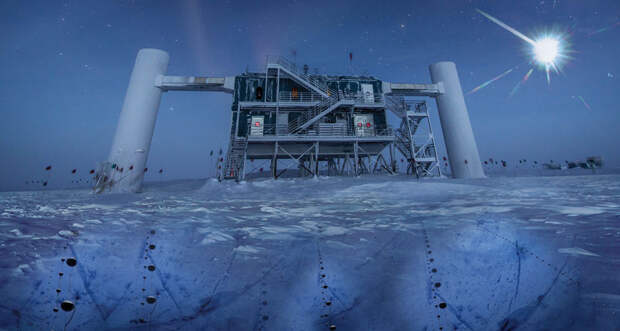Author: Emily Conover / Source: Science News

Mysterious particles called neutrinos constantly barrel down on Earth from space. No one has known where, exactly, the highest-energy neutrinos come from.
This year, scientists finally put a finger on one likely source: a brilliant cosmic beacon called a blazar. The discovery could kick-start a new field of astronomy that combines information gleaned from neutrinos and light.It began with one high-energy neutrino spotted on September 22, 2017, by the IceCube observatory, a giant particle detector with thousands of sensors buried deep in the ice at the South Pole. Alerted by IceCube, astronomers soon spotted a flare from a blazar about 4 billion light-years away. The neutrino had come from the same area of the sky. With that matchup in time and space between the neutrino and the blazar’s light, scientists in 2018 pegged the blazar as the particle’s probable source (SN: 8/4/18, p. 6).
“People have been hoping for this kind of discovery for decades,” says astrophysicist Meg Urry of Yale University.
Blazars are active regions at the centers of galaxies that spew jets of high-energy matter and light toward Earth. Both the Earth-orbiting Fermi Gamma-ray Space Telescope and the Major…
The post Neutrino discovery launched a new type of astronomy appeared first on FeedBox.